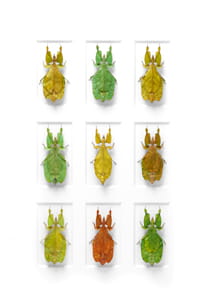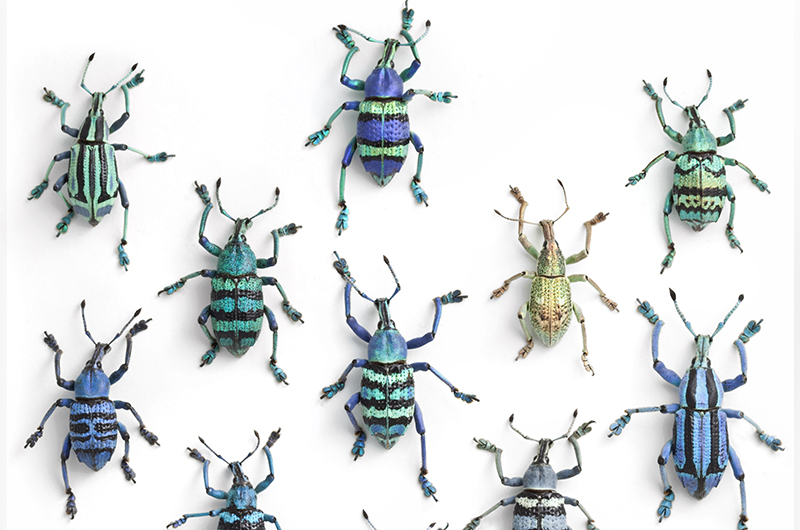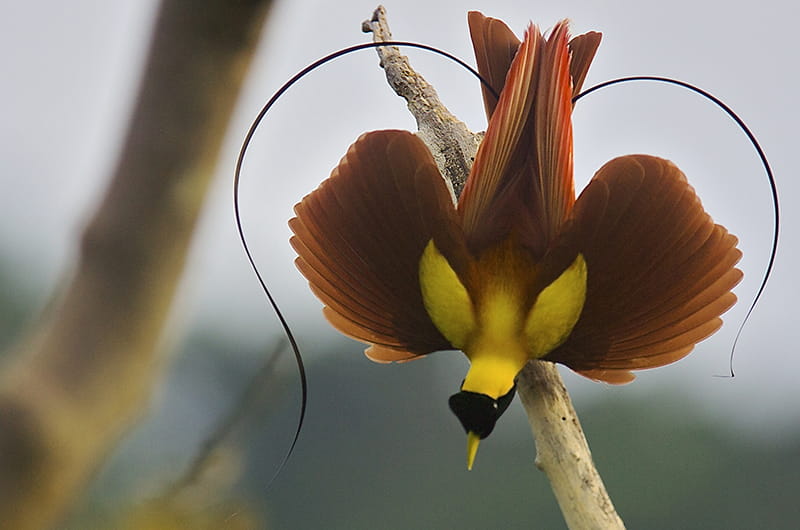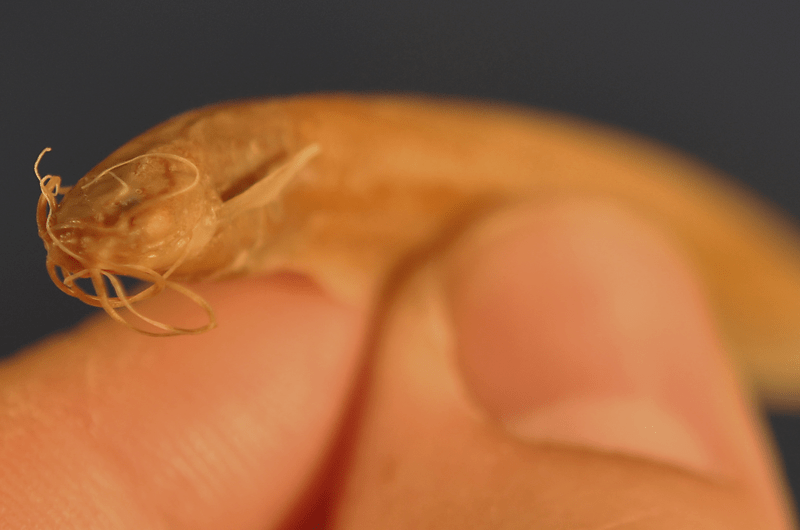-

August 12, 2014
Three doctoral students from Drexel's Laboratory of Pinelands Research are presenting their work with northern pine snakes and the Pine Barrens gentian at the Ecological Society of America meeting, after doing some new roadside research during their cross-country drive to Sacramento.
Read More
-

July 09, 2014
For some people, the idea of playing with insects may not sound too appealing. But for Christopher Marley, insects are a vibrant artistic medium.
Read More
-

July 07, 2014
Three Drexel University faculty members earned the distinction of being ranked among the most cited researchers in their respective fields according to Thomson Reuters’ “Highly Cited Researchers 2014” list. Gordon Richards, PhD, a professor in theCollege of Arts and Sciences, Yury Gogotsi, PhD, Distinguished University and Trustee Chair professor in the College of Engineering, and Peter DeCarlo, PhD, an assistant professor in the College of Engineering and College of Arts and Sciences, were included on the list of 3,215 distinguished researchers compiled by the international media and information company.
Read More
-

July 07, 2014
The annual Philadelphia Geek Awards have once again recognized the work of Drexel University’s faculty and students as some of the best examples of the city’s vibrant geek community over the past year.
Read More
-

June 23, 2014
Birds and bugs — what would summer be without them? — will be featured in two exhibits, a favorite festival and a class for adults this summer at the Academy of Natural Sciences of Drexel University.
Read More
-

June 04, 2014
In a study that began as a sixth-grade science fair project, researchers at Drexel University have found that a popular non-nutritive sweetener, erythritol, may be an effective and human-safe insecticide. Erythritol, the main component of the sweetener Truvia®, was toxic to fruit flies in the Drexel team’s study.
Read More
-

May 13, 2014
Travel to New Guinea this spring and follow a real-life adventure to discover exotic birds-of-paradise, an elegant example of extreme evolution, in the highly interactive exhibit “Birds of Paradise: Amazing Avian Evolution” at the Academy of Natural Sciences of Drexel University.
Read More
-

May 13, 2014
Kryptoglanis shajii is a strange fish — and the closer scientists look, the stranger it gets. This small subterranean catfish sees the light of day and human observers only rarely, when it turns up in springs, wells and flooded rice paddies in the Western Ghats mountain region of Kerala, India. Scientists at the Academy of Natural Sciences of Drexel University have recently provided a detailed description of this fish's bizarre bone structures.
Read More
-

May 08, 2014
Reducing carbon emissions, improving efficiency of the power grid and using ultrasound to treat contaminated water are just a few of the research goals being pursued by the first round of projects funded by the A.J. Drexel Institute for Energy and the Environment. In all six projects received seed funding totaling $270,000 to investigate topics related to environmental protection and sustainability.
Read More
-

April 23, 2014
The press of a button triggering a chain reaction of more than 300 energy transfers will serve as the elaborate opening to the 2014 Philadelphia Science Festival. The harbinger of this year’s week of science excitement is a Rube Goldberg machine –a complex device designed to perform a simple task- built by Drexel engineering students with the goal of setting a world record.
Read More